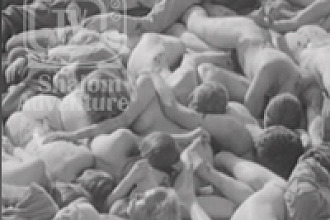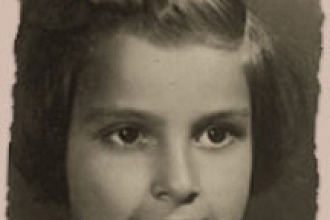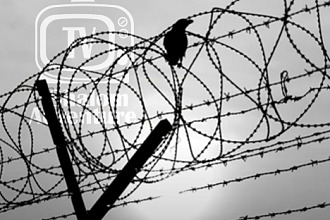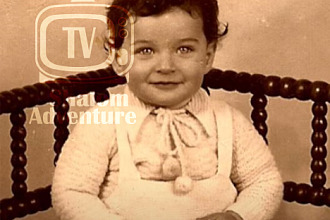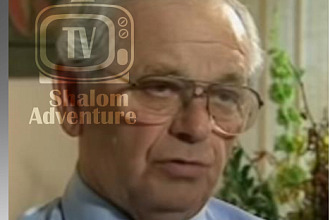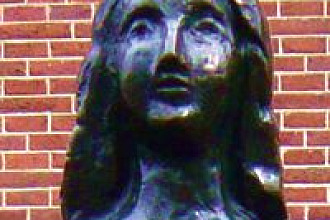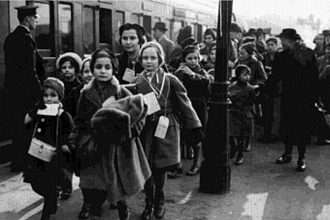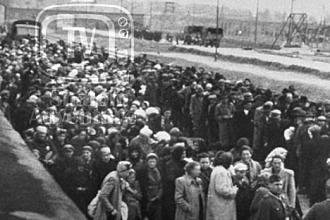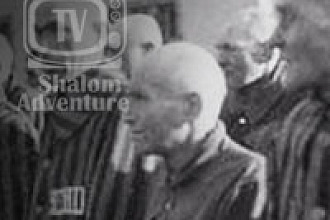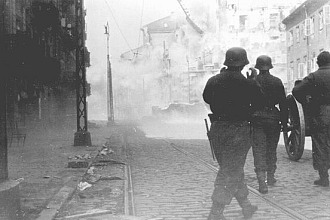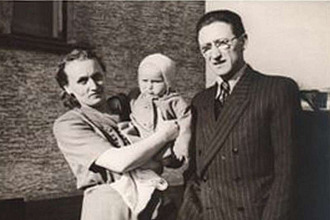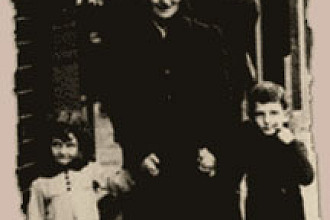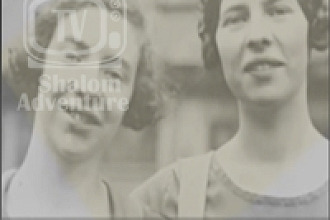At Least There Is Hope for a Tree . . . There is a young carob tree that isn’t quite leafy enough to offer much shade yet, but its space along the Avenue of the Righteous offers visitors another type of (dis)comfort: reflection.
The whispering leaves, future pods, and determined roots embody the promise of regeneration, for aspiring young trees and (maybe) for daily garden visitors, like the one standing beside the young carob tree, which seems to grow in the shape of the promise in Job 14:7; its life invites visitors to reflect on surviving and thriving.
What does it mean to survive? To thrive?
Under Corrie’s Tree
Beside the young carob tree, a visitor Googles “survival meaning.” The phone displays “to outlive” in Latin (supervivere). So far the tree and the visitor have sprouted and matured, outliving potential threats, but it’s been hard, the visitor reflects; just living seems like a fulltime job when you’re a trauma survivor, maybe when you’re a tree, too.
The visitor’s eyes squeeze shut under a rogue wave of memory. The weight. The anger. The (almost) drowning. Several deep breaths. It’s normal. Normal to feel anger at injustice. (Im)perfectly, infuriatingly normal. But living with the constant reflux of scalding anger - “I kind of wish I was a tree.”
The visitor’s eyes blink open, squinting at the glare on a nearby plaque, engraved with the name Corrie ten Boom.
A few taps on the visitor’s cell phone unfold a story of forgiveness so radical that it seems (almost) like fiction.
Maybe that’s the difference between surviving and thriving; maybe that’s why Corrie’s memorial is a living thing, because her (almost) impossible life continues to (re)grow, hopeful as trees.
Maybe that's why the visitor will return tomorrow.
Memorializing the Impossible
Corrie Ten Boom and her family joined a resistance group in Holland that helped save many Jewish people. Eventually the family was caught and Corrie, her sister Betsie, and their father were sent to concentration camps. Only Corrie survived. For more information about Corrie Ten Boom, you might enjoy watching the movie, The Hiding Place.
Many people are familiar with Corrie ten Boom’s story from the movie The Hiding Place, but they might not know about a living memorial to her belief and practice, Corrie’s Tree.
Follow Barbara Zaremsky down this tree-lined avenue to a carob tree memorializing Corrie ten Boom. As you watch the video above about Corrie, you will learn about a key turning point in Corrie's life that helped her thrive and grow like the tree planted in her memory.








